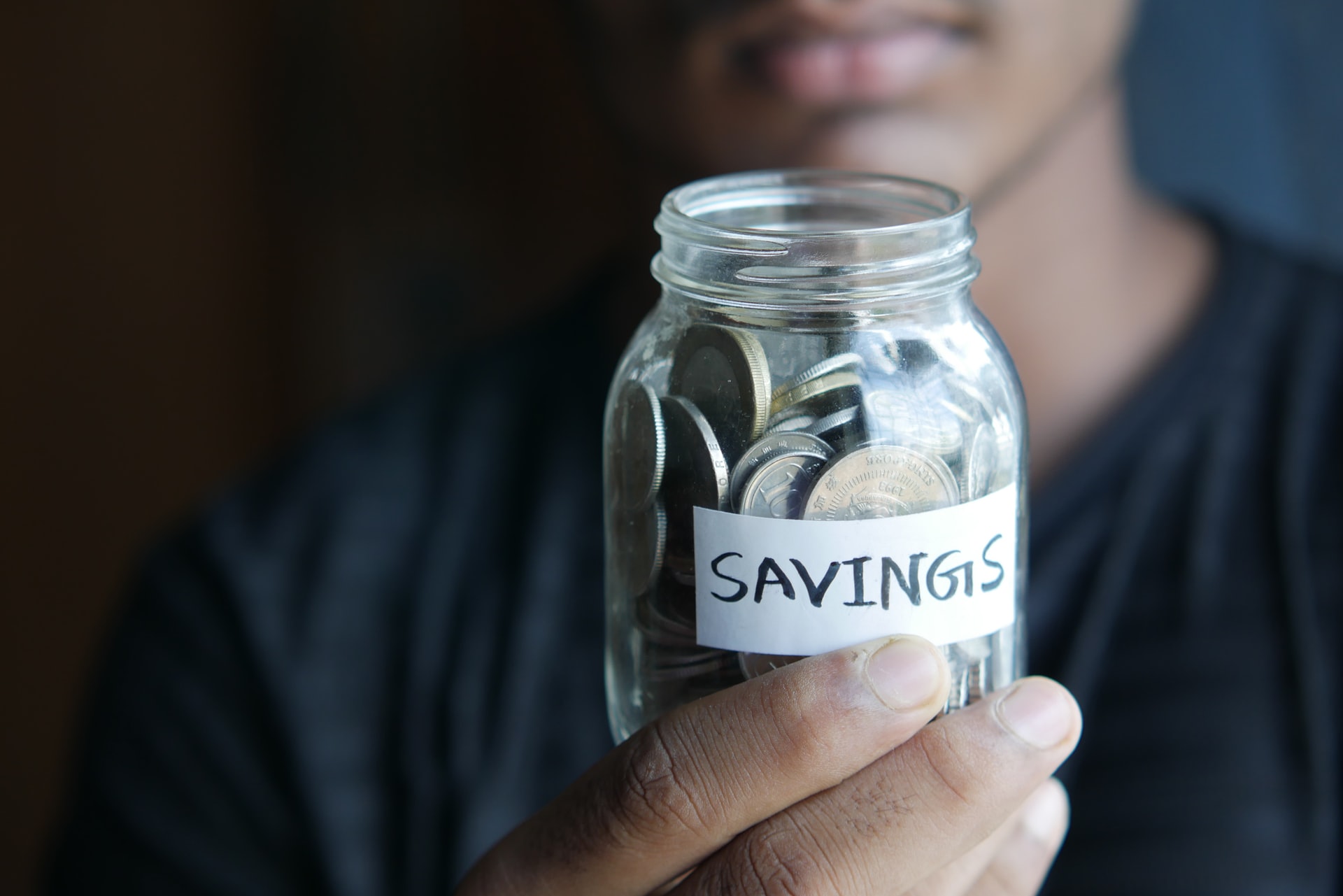The last 20 years have seen a shift in the way people borrow money. Consumer behaviour has been altered by the rise in technology, change in the economy and further still by the coronavirus pandemic.
There’s been a boost in digital borrowing, a change in lending policies, a shift in attitudes to personal finance and new borrowing methods for making payments have emerged. Here we take a look at some of the ways borrowing has changed.
Digital Borrowing
Over the last 20 years, the number of people registered for online financial services has risen steadily, with a boost since 2019. Overall, banking is moving digital using less paper, such as bank statements and paper checks, and providing services electronically.
Many lenders have adapted to the new digital model to provide credit online or through lending apps. Around 75% of adults now use online banking in the UK, with mobile banking apps significantly increasing in popularity.
Digital borrowing can put consumers in the driving seat when looking for credit products, covering anything from mortgages and credit cards to short term loan options. Comparison websites allow borrowers to directly compare finance options from different online lenders to find the best option.
Moreover, with digital borrowing very much thriving, borrowers can be hyper targeted in terms of which financial products they search for. For example, consumers can search for ‘payday loans in Texas,’ ‘credit cards in Lisbon’ or ‘mortgages in Paris,’ such is the ability to be very targeted.
Similarly, lenders considering customers online can provide efficient and effective screening and monitoring of borrowers to ensure that they can afford to repay the loan.
Lending Policies
Since the 2008 financial crisis, lending policies have changed, meaning that people are borrowing money in a more informed way.
In the period leading up to the financial crisis, banks were lending recklessly and offering ‘unsafe’ products to borrowers. However, banks were forced to change these lending policies to treat borrowers more fairly following the crisis.
The FCA now mandates that every potential borrower fully understand the dangers of taking on a large debt, which can apply to everything from a business loan to start a company selling vitamins for dogs to a financial arrangement for a vehicle and even the likes of mortgages.
Regulated lending policies have pressed lenders to become more transparent with borrowers about added fees they could encounter and the risks of consequences if they can’t meet repayments on time.
Personal Finance
In the last 20 years, consumer borrowing with credit cards and reliance on loans has jumped to meet the costs of inflation. As of January 2021, 62.8 million credit cards were issued to UK residents, close to double the number reported in 2016.
Although analysts point to this increase as a restoration of confident borrowing following the COVID pandemic, many low-income households are now dependent on credit products to stay above water.
Inflation, rising utility costs, and increased food prices have made managing the monthly budget challenging. Living pay-check to pay-check and relying on credit cards and short-term loans has become a norm in personal finance mindsets.
Payment Methods
Payment methods have altered over the last 20 years. Alternative payment methods have emerged, the most popular being buy-now-pay-later (BNPL). BNPL is currently a favoured payment method amongst Millennials and Gen Z.
The popularity of BNPL coincides with the month-by-month living attitudes and the boom in online shopping.
Using buy-now-pay-later borrowing services, consumers can spread the cost of a purchase over a matter of months interest-free.
Paying in instalments is now preferred over credit cards and high-interest short-term loans to make online purchases such as clothes, electronics and holidays. It has quickly become the faster growing short-term borrowing method in the UK.



 Bitcoin
Bitcoin  Ethereum
Ethereum  Tether
Tether  XRP
XRP  Solana
Solana  USDC
USDC  TRON
TRON  Cardano
Cardano  Lido Staked Ether
Lido Staked Ether  Avalanche
Avalanche  Toncoin
Toncoin